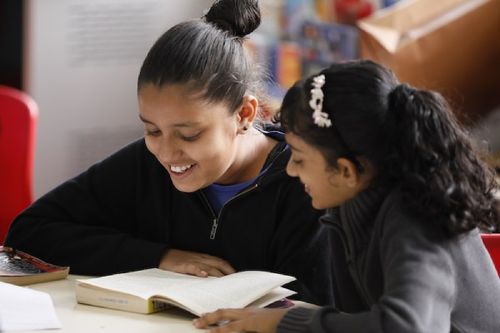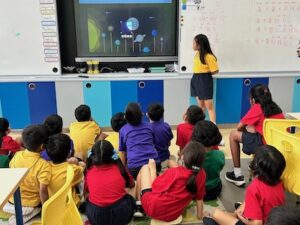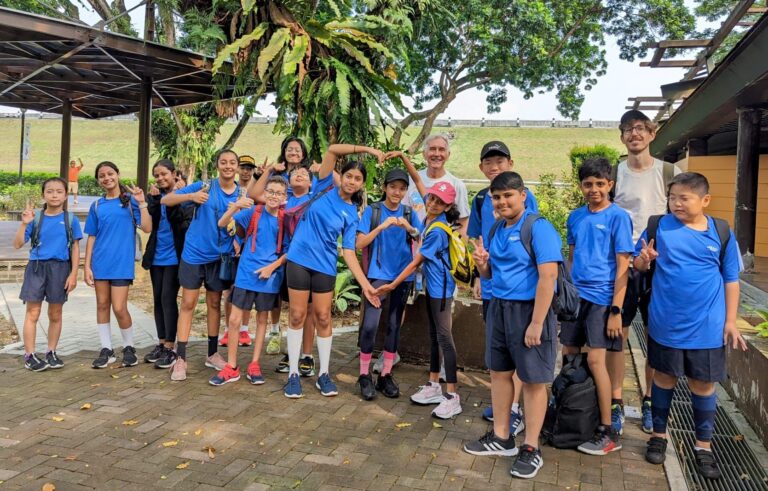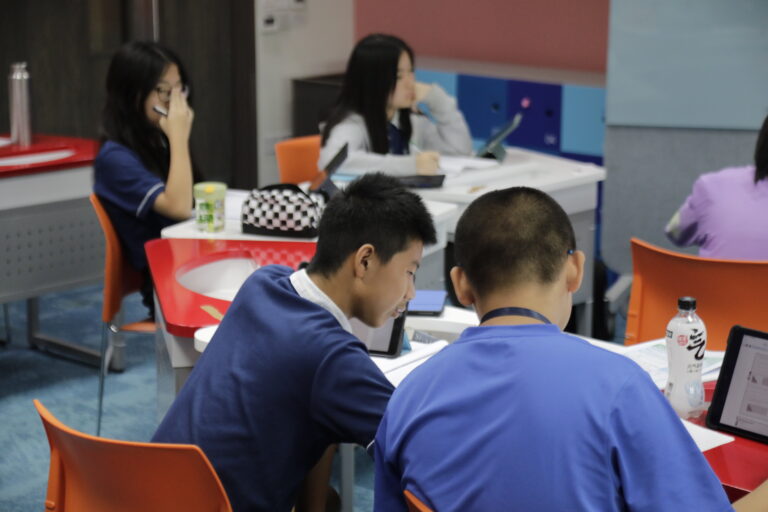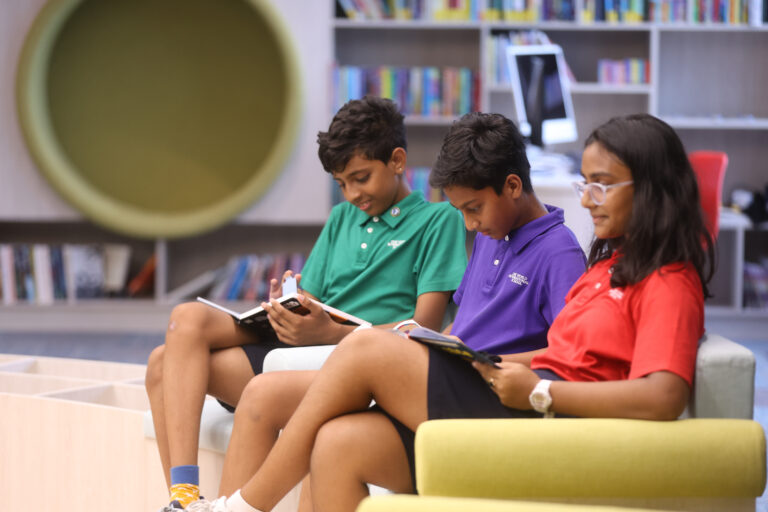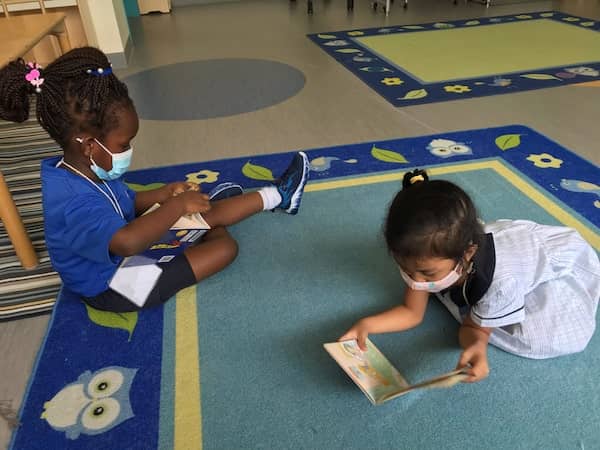Safe, welcoming and inclusive classrooms give learners a comfortable space where they feel confident to be themselves and learn to value others. Consider how a safe and inclusive classroom environment is important for your child’s education and future.
What do we mean by Safe, Welcoming and Inclusive Classrooms?
Children of all backgrounds, cultures, races and religions are accepted, valued and respected in safe, welcoming and inclusive classrooms. All students are equal in the classroom and this is clearly made known to students by teachers at the beginning of the academic year and reiterated throughout the year to ensure students understand this.
Teachers model appropriate inclusive language in the classroom and create a positive environment for learning. The classroom environment and the behaviours and actions of teachers and students demonstrate an all-for-one and one-for-all culture where every child in the classroom gives and gets support.

How do Students Benefit from Inclusive Classrooms?
In today’s world, diversity is all around us. We provide immediate and lifelong benefits to our children when we nurture them in safe, welcoming and inclusive classrooms.
1. Children discover and become confident in who they are.
Inclusive classrooms provide psychological safety to every student. Here, children have space to explore and develop the opinions, feelings and ideas that make them who they are. Your child will not be ridiculed, embarrassed, punished or rejected for being themselves. They are accepted for their individuality and are valued as part of the team. The safe, welcoming classroom environment gives your child confidence to continue to pursue self-exploration, growth and development.
2. Children develop empathy, kindness and friendships.
Safe and welcoming classrooms promote empathy and kindness. These values help your child build strong friendships with peers and prepare to practise inclusion and embrace diversity in the future.
3. Children learn to cooperate and collaborate.
Inclusive classrooms nurture interpersonal trust and mutual respect in a safe and welcoming environment. Here, cooperation and collaboration thrive. With these two essential 21st-century skills, your child becomes a successful team player who’s ready to participate, cooperate, collaborate and innovate.

4. Children receive an equal opportunity education.
Every child in an inclusive classroom has access to tools that make learning accessible and meaningful. Teachers use multiple learning approaches, including discussions, group assignments, individual work and projects to give every child a voice and choice in his/her learning and to make it relevant to his/her specific needs. Teachers also verify that each student is able to understand the essential material and gains a well-rounded education.
5. Children prepare to thrive in our diverse world.
Inclusive and diverse classrooms prepare your child to function in our increasingly diverse and interconnected world. Your child will value, accept and respect everyone in the classroom, in the workplace and beyond.
Why Does OWIS Support Safe, Welcoming and Inclusive Classrooms?
Building safe, welcoming and inclusive classrooms is very important to us at OWIS. We create this environment from the first day of school and nurture inclusion throughout the year in order to:
1. Prepare your child to achieve their full potential.
Our inclusive classrooms encourage your child to develop their unique personality and specific talents and abilities. This environment boosts your child’s confidence and helps them grow into their full potential.
2. Celebrate differences.
Every child, including yours, is unique with different backgrounds, beliefs and practices. We strive to learn from each other, respect and value each other and celebrate our differences together.
3. Reinforce our core values.
Kindness, respect and empathy toward others are core values at OWIS. Our teachers and our welcoming classroom environments encourage children to model these values toward themselves and everyone they meet.
4. Create greater multicultural understanding and respect.
Our diverse student body includes children from over 70 different nationalities. We discover and respect each other’s cultures, backgrounds, perspectives, opinions and ideas in the classroom and during co-curricular and extracurricular activities. This practice helps your child develop a greater multicultural understanding and respect for all people.
5. Become One with the World.
The OWIS motto ‘One with the World’ guides classroom interactions. We celebrate every child’s similarities, differences and uniquenesses and prepare your child to become a dynamic and innovative leader in the future.
Discover the OWIS Inclusive Classroom Difference
Our commitment to inclusivity at OWIS provides every child with a safe and welcoming learning environment. This approach enables students to strive for success. To understand our school’s culture and diversity and all the ways we foster international mindedness, get in touch with us to know more or schedule a school tour.
Please note: All the images in this blog were taken in pre-Covid times.
(This blog was originally written in collaboration with Mr Rónán Donohoe, former Primary School Teacher, OWIS Nanyang.)
